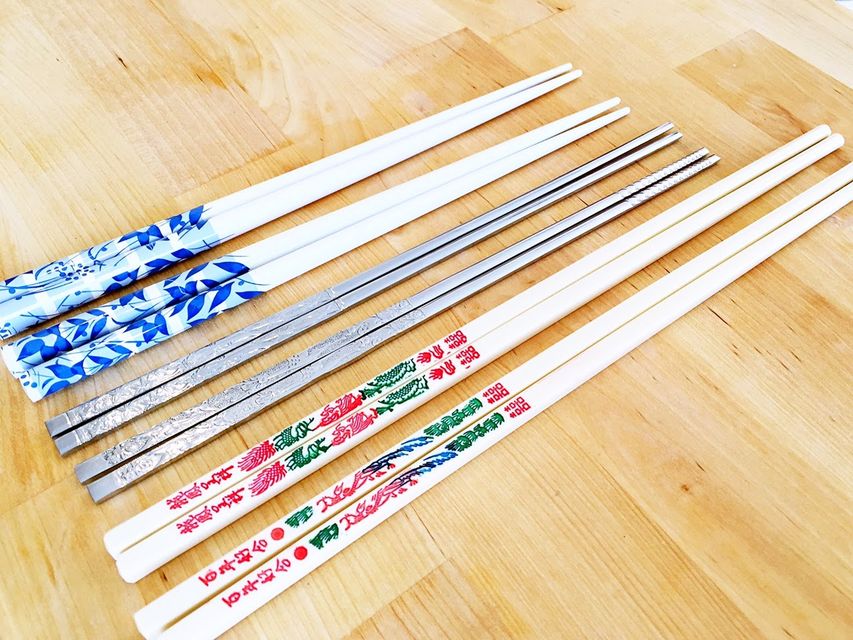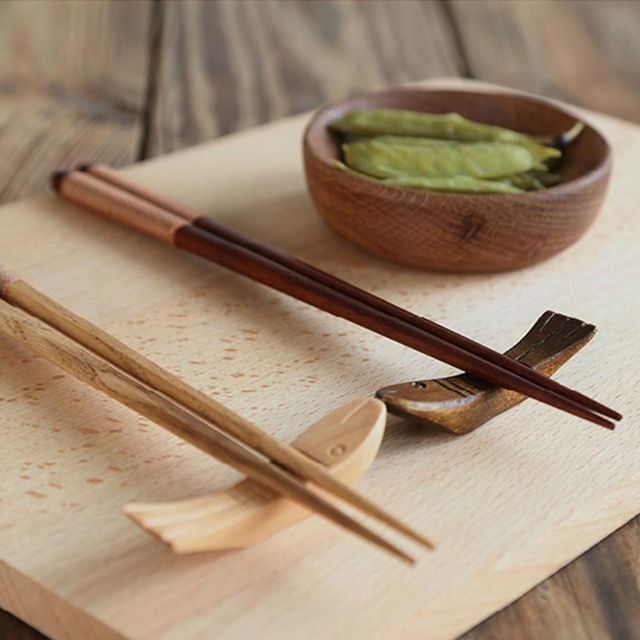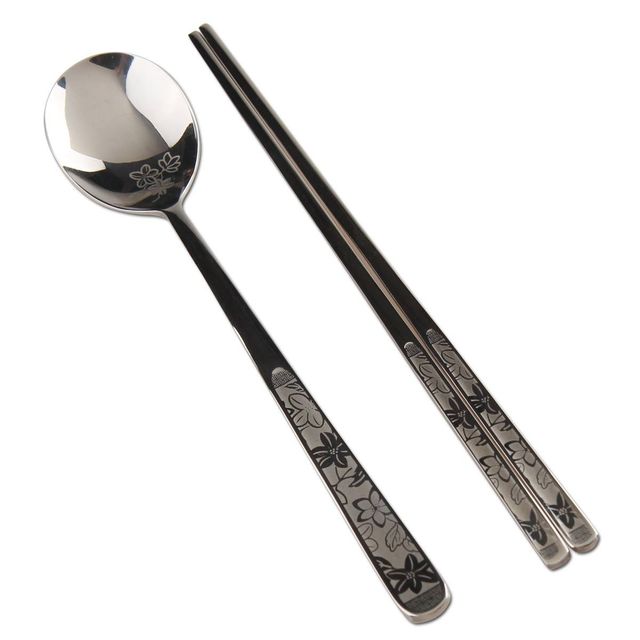One Simple Way To Tell Korean, Chinese, and Japanese People Apart
If you’re like most people you’ve either never noticed there was a difference between Japanese, Korean, and Chinese chopsticks or you’ve always wondered why there is a difference at all.

As it turns out, there is not only a good reason for the different kinds of chopsticks, there is also an interesting history to go along with them.
Chinese tradition views chopsticks as a kind of extension of one’s fingers. The chopsticks themselves are typically wooden and are longer and thicker than Japanese and Korean chopsticks.
Chinese chopsticks are longer than others due to the communal eating arrangements in most households and restaurants that require the individual to reach far for their food or pluck it off a lazy Susan.
Japanese chopsticks come in different lengths depending on whether their intended purpose is in eating or cooking specific meals, but they are also typically made from wood to make it easier to grab sticky rice.

Due to the Japanese custom of eating while holding your bowl close to your mouth, the Japanese chopstick is shorter than Chinese or Korean chopsticks.

Japanese chopsticks are also much pointier than the rest, a feature that many attribute to the Japanese diet consisting of a lot of bony fish, as the points make it easier to remove small bones.
Korean chopsticks are unique because they are flat and made of metal, which can make them a bit difficult for people to use if they’ve never tried them before.
The predominant theory as to why Korean chopsticks are made of metal is that, historically, the wealthy made their chopsticks out of silver which was said to react with poisonous chemicals—thus thwarting assassination attempts.

Metal chopsticks are still common today because it gave people the feeling that they were eating like royalty, but nowadays they’re made out of stainless steel instead of silver. The metal also makes the chopsticks more hygienic and easier to clean.
Source: SnackFever, The World of Chinese